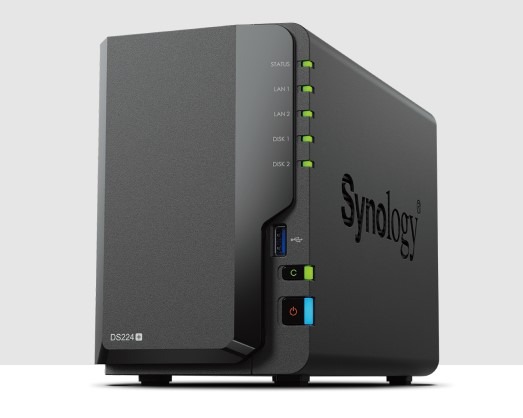My home lab journey began in earnest on Thanksgiving, 2022. You see my wife, Lee-Ann, is not only the love of my life, mother of my children, and all around musical genius. It turns out she is also a fantastic cook! Lee-Ann loves to put pictures of her food on Facebook. Inevitably she has ZILLIONS of friends constantly chasing after her for recipes, tips and tricks, etc. On that Thanksgiving day, I had the idea that maybe my wife should start a food blog! What do you know , she immediately agreed. You can check out her food blog here: Lee-Ann’s Love Language. I was employed at the time by Amazon Web Services (AWS), and I thought it would be a great idea to learn how to do this on AWS, to deepen my AWS skill set. But I wasn’t really strong at using the cloud, so I started searching for help. A google search led me to this video:
This video is great, but more importantly, I really like the way Chuck presents the topics and his humor even more. As a result of finding this one video I started compulsively watching ALL of his videos (yes, all of them). And then I found the next video (below), and my first home lab project was spawned. A Raspberry Pi based NAS device. I became obsessed with Raspberry Pi single board computers, and I was making almost every Raspberry Pi project I could find.
So, what is a NAS you ask? NAS stands for “Network Attached Storage”. It is basically a small computer (or more accurately a server) with one or more hard drives attached to it. A NAS is basically like running your own cloud storage in your home. It can do all the same things you do with Google cloud or Apple iCloud. We use one at home to to store all our important documents and other files (think videos, pictures, etc.), and make them available to all the computers in the house. It also helps keep all our important documents and files safe. Depending on how you set it up, it can keep duplicate copies of your files, protecting you from hard drive failure, and can back up your files to other computers or the cloud.
We now have three NAS devices: One that holds our important documents, one that supports the websites I have built (more on that later) and a third one (my original Raspberry Pi NAS, which we outgrew) to store backup copies of everything. We keep three copies of our important data. Two of those copies are here at home, and we keep another copy on the cloud. This way if the house burns down or someone steals all our belongings, I can still have access to all our important documents in the cloud.
A lot of commercial NAS devices also do other things like serve as a media server, web server, etc. They really are the multi function tool of computers. If you don’t have one I highly recommend you consider getting one. The other nice thing about storing your files on a NAS is that you can access them from anywhere. Over the network in your home or, if you want, from outside your home over the internet. AND, if we get a new computer, we don’t have to transfer any files to the new computer. Everything sits in a central repository, that I have set up to automatically back itself up.
And if you have never hear of a Raspberry Pi before, they are a low cost, single board computer that use almost no power. They were originally designed to be cheap, low power and fairly indestructible. They were meant for kids, to learn computer programming in grade school. They run on Linux and you can actually create your entire home lab/self hosted server farm out of these tiny devices. They really are a great option for learning Linux and learning about how servers and IT technology work.
If you don’t have a NAS, I would advise you to get one, even if you don’t want to dive into the home lab/self hosting hobby. A NAS is important and super useful for the average home for a few reasons. First, do you really want to lose all of the digital pictures, and other important digital documents that you store on your computer? A NAS can be used as a backup for your PC, or you can go more advanced implement your own personal cloud solution on a NAS. Second, a NAS is great for sharing files between computers, or even to people outside of your home, using their built in cloud features. And I really appreciate the ability to access my files from anywhere. I recommend the Synology DiskStation 224+
https://www.synology.com/en-us/products/DS224+

Unfortunately most NAS devices don’t come with hard drives. I prefer the Seagate Ironwolf drives https://www.seagate.com/products/nas-drives/ironwolf-hard-drive/?sku=ST4000VN006 Whatever you do, buy hard drives designed for use in a NAS, and buy at least two, to run in a mirrored array, to further protect your data. I prefer the disks that run at 5400-5900 RPM since they are quieter and run cooler. Some people look for the largest disks you they can afford, in order to drive down the price per gigabyte of storage. That’s not my personal preference.
For all that you have taught me, thank You Network Chuck!!

